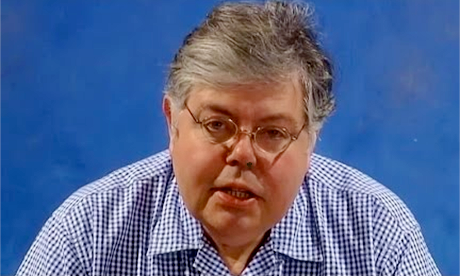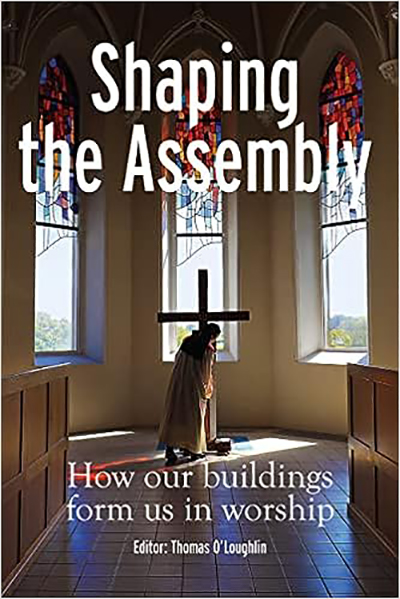“We shape our buildings, then our buildings shape us,” echoes Thomas O’Loughlin in the forward of a new book: Shaping the Assembly – How Our Buildings Form Us in Worship.
O’Loughlin suggests that the arrangement of space is often overlooked, but we constantly refer to it.
It plays a pivotal role in our lives, he writes.
“We want ‘round table talks’ and do not want to be put in the back row.
“They are taking my space.
“This place is homely.
“We need to de-clutter” – are all examples the Emeritus Professor of Historical Theology at the University of Nottingham uses to make his point.
O’Loughlin observes that buildings in every society have been used to project power, regulate society and reflect group identity. However, their role in religious worship is profound, and he notes that every religion and Christian denomination has utilised buildings as integral parts of their worship.
“In every society, buildings have been used to project power and authority, to regulate society and to project an image of how that group sees itself,” he writes.
Bringing together a diverse group of nineteen Christians including liturgists, pastors, architects and artists from around the globe, the book seeks to answer the pressing question of how space affects the act of worship.
Among the contributors are three prominent New Zealanders: Dr Joe Grayland, a liturgist and Parish Priest from Palmerston North; Judith Courtney, former Auckland diocese liturgy coordinator; and Peter Murphy, a Papakura Parish Priest and former spiritual director at Holy Cross seminary.
The book offers a global perspective, with insights from New Zealand, Japan, Australia, France, the UK, Ireland and the US, and sheds light on how, in different cultural settings, the environment and ritual practices together shape the liturgical experience.
Richard Vosko, a US theologian and architectural consultant, contributes a thought-provoking piece suggesting that religious buildings, from churches to mosques, serve as societal symbols.
They reflect the relationship between the worshipping group and the broader society.
However he warns of a growing disconnect, with churches becoming less relational.
This shift, exacerbated by the COVID-19 pandemic and societal challenges like ‘politically partisan pastors and administrative corruption’, has led to a decline in church participation.
Vosko calls for a reimagining of liturgical spaces to be more egalitarian.
Grayland’s contribution focuses on the call for active participation in worship, as highlighted in Sacrosanctum Concilium.
He discusses the evolving demands on liturgical practice, especially post-pandemic, and underscores the need for a new kind of ritual environment.
His insights suggest that New Zealanders are seeking dynamic, inclusive liturgical experiences.
Meanwhile, Courtney and Murphy discuss the challenges and roadblocks inherent in liturgical change.
They highlight that, while community needs have evolved, many churches built in recent years in the Auckland diocese still adhere to a traditional design.
As the world grapples with rapid change, the conversation around the role of space in shaping our spiritual experiences remains more pertinent than ever.
- Thomas O’Loughlin is a presbyter of the Catholic Diocese of Arundel and Brighton and professor-emeritus of historical theology at the University of Nottingham (UK). His earlier book is Discipleship and Society in the Early Churches.
- His latest book is “Shaping the Assembly: How Our Buildings form us in Worship“.
News category: Great reads, New Zealand.





